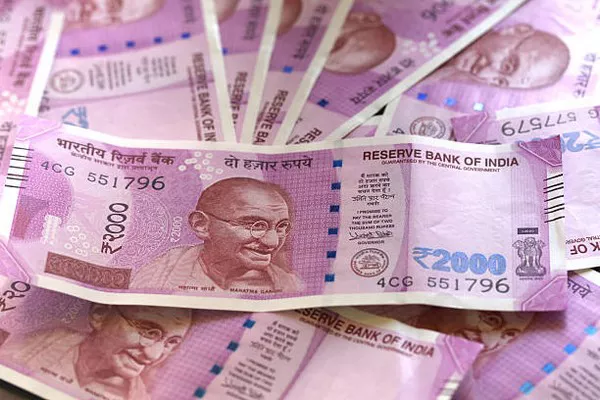Bullish sentiment strengthened for most emerging Asian currencies as indications of a halt in U.S. interest rate hikes contributed to a decline in the greenback, heightening investor interest in riskier assets, revealed a reporter poll on Thursday.
According to a fortnightly survey involving 10 analysts, long positions on the Taiwanese dollar, South Korean won, and Singapore dollar saw increased support. Recent times have witnessed an improvement in sentiment towards riskier Asian currencies, fueled by market expectations of U.S. dollar weakness following the Federal Reserve’s latest economic projections, signaling a potential end to the interest-rate hike cycle.
The U.S. dollar hit a fresh four-month low after the Federal Reserve decided to leave interest rates unchanged on Wednesday, stating that the historic tightening of monetary policy was likely over. This shift was attributed to inflation falling faster than anticipated, with discussions on cuts in borrowing costs now “coming into view.”
HSBC analysts noted, “The FOMC’s pivot to internally discussing rate cuts at its last meeting for 2023 has pushed USD-Asia down sharply. It looks like Asian currencies will end the year 2023 on an optimistic note again like they did in 2022.”
Bullish bets on the Philippine peso also saw an increase. Responses were predominantly collected before the Bangko Sentral ng Pilipinas maintained its benchmark interest rate at 6.50%, signaling an intention to keep policy tight for an extended period to address inflation concerns.
Recent data from Thailand, the Philippines, and South Korea indicated a November easing in inflation, providing central banks with some flexibility regarding interest rates. In contrast, Indian retail inflation surged in November, reinforcing expectations that the Reserve Bank of India will maintain interest rates without easing in the near term.
Short positions on the Indian rupee reached their lowest since late July. Investors displayed a slight bearish stance towards the Thai baht after briefly adopting a bullish position on the currency two weeks ago.
Bearish positions on the Chinese yuan and the Malaysian ringgit also softened. The Chinese economy faced challenges in achieving a robust post-pandemic recovery, grappling with a housing crisis, local government debt concerns, slowing global growth, and geopolitical tensions.
With the fear of the Fed now out of the way, the remaining common headwinds for Asian currencies in 2024 are: slowing global growth, US election cycle uncertainty, and downside risks to the Chinese economy,” added HSBC analysts.
The Asian currency positioning poll assesses current market positions in nine Asian emerging market currencies, including the Chinese yuan, South Korean won, Singapore dollar, Indonesian rupiah, Taiwan dollar, Indian rupee, Philippine peso, Malaysian ringgit, and the Thai baht. The poll utilizes estimates of net long or short positions on a scale of minus 3 to plus 3, with a plus 3 indicating a significant long position in U.S. dollars.


